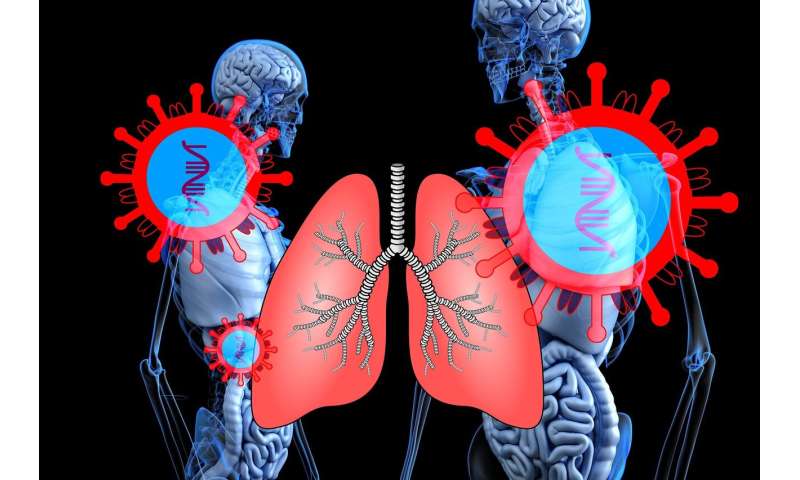
Italian Prime Minister Giuseppe Conte says he is convinced that the swingeing measures taken by his government will succeed in containing Europe’s worst novel coronavirus outbreak, which has seen more than 800 deaths and nearly 12,500 infections.
“Tomorrow, we will not only be admired, we will be taken as a positive example of a country… that managed to beat this pandemic,” Conte told fellow Italians in a televised statement on Wednesday evening.
But does Conte have a reason to be optimistic? AFP spoke to some doctors to find out.
Does isolation work?
“Viruses cause epidemics but it is people that harbour them and who can therefore stop them,” says virologist Elisabetta Groppelli of London’s St George’s medical school.
“The isolation measures had a big effect in Wuhan (scene of China’s most serious outbreak), as well as in previous epidemics like Ebola and the Spanish flu in 1918,” says Groppelli.
“The shutdown in Italy could therefore succeed in containing and slowing the number of new cases, which could reduce the pressure on hospitals,” she says.
Conte said on Wednesday that the effects of the crackdown should be visible “within a few weeks”.
But experts warn the broader context has changed since the initial outbreak in China.
“Unlike the situation in Wuhan where there was the possibility that the global epidemic could be prevented, COVID-19 is already spreading globally,” says Paul Hunter, professor in medicine at the UK’s University of East Anglia (UEA).
“So when the restrictions in Italy are eased there may still be a large number of cases in nearby countries that could lead (the virus) spreading back into Italy,” he says.
Can the south handle the pandemic?
The region around Milan in northern Italy has been the worst hit by the virus but has one of the world’s best health systems.
Yet even there doctors say facilities have been severely stretched.
As for Italy’s poorer south, hospitals there suffer from a lack of staff and equipment at the best of times.
On Saturday, before the official announcement that the north of the country was being put under lockdown, rumours of the measures leaked to Italian media.
That prompted thousands from southern Italy who have moved north for work to return to their home regions.
Even though the outbreak in the south has until now been relatively mild, Italians’ push back south is “serious”, says Roberto Burioni, professor of virology at Milan’s Vita-Salute San Raffaele University.
“It definitely has not helped to contain the epidemic,” he says.
When will the outbreak hit its peak?
It’s impossible to predict with any certainty.
Using models drawn up for 2009’s H1N1 outbreak (also known as “swine flu”), epidemiologist Stefania Salmaso from the National Institute of Health told the Avvenire newspaper that one hypothesis pointed to a peak in mid-April.
Why the high death rate in Italy?
According to Wednesday’s official figures, the mortality rate among recorded cases in Italy is 6.6 percent, as opposed to between 2 and 2.5 percent in China.
But the virus is thought to be more dangerous for older people and at almost 46, Italy’s average age is much higher than China’s.
Source: Read Full Article






